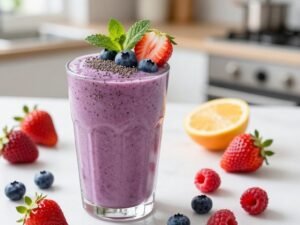As an Amazon Associate I earn from qualifying purchases.
5 Steps Efficient Healthy Meal Planning
Start menu planning
5 steps efficient healthy meal planning is crucial to maintaining a well-balanced diet and optimizing your nutrition.
By planning your meals, you can make mindful choices, save time and money, and provide your body with the necessary nutrients for optimal health and wellness.
Here are some expert tips and strategies to help you streamline your meal planning and make it more efficient:

Table of Contents
Follow the 5 steps to Meal Planning
- Set realistic goals: Start by determining your nutrition goals and preferences. Consider your dietary restrictions, food preferences, and lifestyle when planning your meals. Setting realistic goals that align with your lifestyle will help you stick to your plan and make healthy choices.
2. Create a weekly meal plan: Plan your meals for the week ahead, taking into consideration breakfast, lunch, dinner, and snacks. Make a grocery list based on your meal plan to ensure you have all the ingredients. This will save you time and reduce the temptation of unhealthy food choices.
3. Batch cook and prep ahead: Batch cooking and prepping ingredients can save you time during the week. Cook large batches of grains, proteins, and vegetables that can be used in multiple meals. Chop and store fruits and vegetables for easy snacking or meal assembly.
4. Embrace leftovers: Leftovers can be your best friend in meal planning. Cook extra portions of your meals as leftovers for lunch or dinner the next day. This will save you time and effort in preparing a separate meal and help you reduce food waste.
4. Please keep it simple and versatile: Choose simple and versatile recipes that use everyday ingredients to make meal planning easier. Look for recipes that can be customized to suit your dietary preferences and easily adapted to different meals or snacks.
Amazon
Magnetic Dry Erase Menu Board for Fridge Includes 4 Liquid Chalk Markers – Weekly Meal Planner Blackboard, Grocery List and Notepad for Kitchen Refrigerator – Chalkboard Magnet
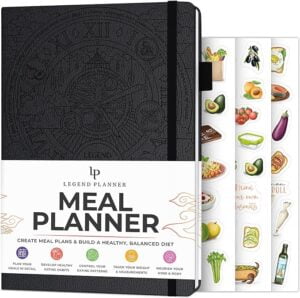
Legend Meal Planner – Weekly Meal Prep & Nutrition Journal with Grocery List & Weight Loss Tracker – Diet & Wellness Diary Log
- Efficient, healthy meal planning can be a game-changer in optimizing your nutrition and supporting your health and wellness goals.
- Following these expert tips and strategies can streamline your meal prep, save time, and help you make healthier choices.
- Unlock the ultimate guide to healthy meal planning and take control of your nutrition for a happier, healthier you!
What to Include in Your Menu Planning
Clean eating is all about choosing whole, unprocessed foods that nourish your body and support overall health. If you’re looking to adopt a clean-eating lifestyle, knowing what to include in your diet is essential. Here’s an updated guide on what to eat on a clean-eating diet:
Vegetables: Load up on vegetables, especially nutrient-packed leafy greens.
Fresh vegetables are fantastic, but pay attention to plain frozen options that are convenient and retain nutritional value
Fruit: Opt for fresh or plain frozen fruits to satisfy your sweet cravings.
Choose canned fruit in water or fruit juice instead of sugary syrup when considering canned fruit.
If you end up with syrup-packed canned fruit, drain and rinse it to reduce your sugar intake.
Whole Grains: Whole grains are a fundamental part of a clean-eating diet.
Add options like oats, whole-wheat bread, barley, and quinoa to your meals.
These grains are rich in fiber and essential nutrients.
Nuts and Seeds: are excellent sources of healthy fats, protein, and essential nutrients.
Choose plain, raw, roasted, or salted varieties, but avoid options with added sugars, such as honey-roasted.
When selecting peanut butter, choose brands with just two ingredients: peanuts and salt.
Healthy Fats: Add healthy fats into your diet.
Fatty fish like salmon, olive oil, canola oil, and avocado are excellent choices for these essential nutrients.
Healthy fats are crucial for overall well-being.
Legumes: Beans and lentils are your go-to fiber and plant-based protein sources. They’re also convenient pantry staples, whether you choose canned or dried varieties.
Lean Proteins: For your protein needs, opt for lean sources like chicken, turkey, fish, and low-fat Greek yogurt.
These options are delicious and packed with protein and essential nutrients to support your clean-eating journey.
By adding these food groups to your diet, you can embark on a clean-eating lifestyle that promotes better health and well-being.
Remember that clean eating is about what you eat and how you prepare your meals.
Minimize or eliminate processed and artificial ingredients and focus on natural, whole foods to help you look and feel your best.


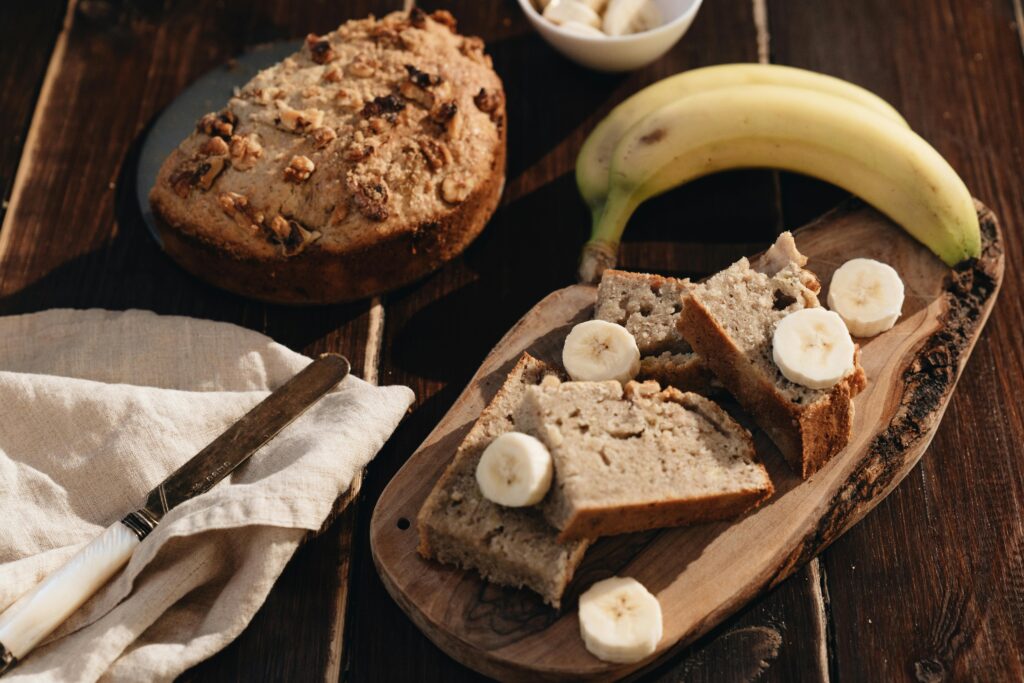
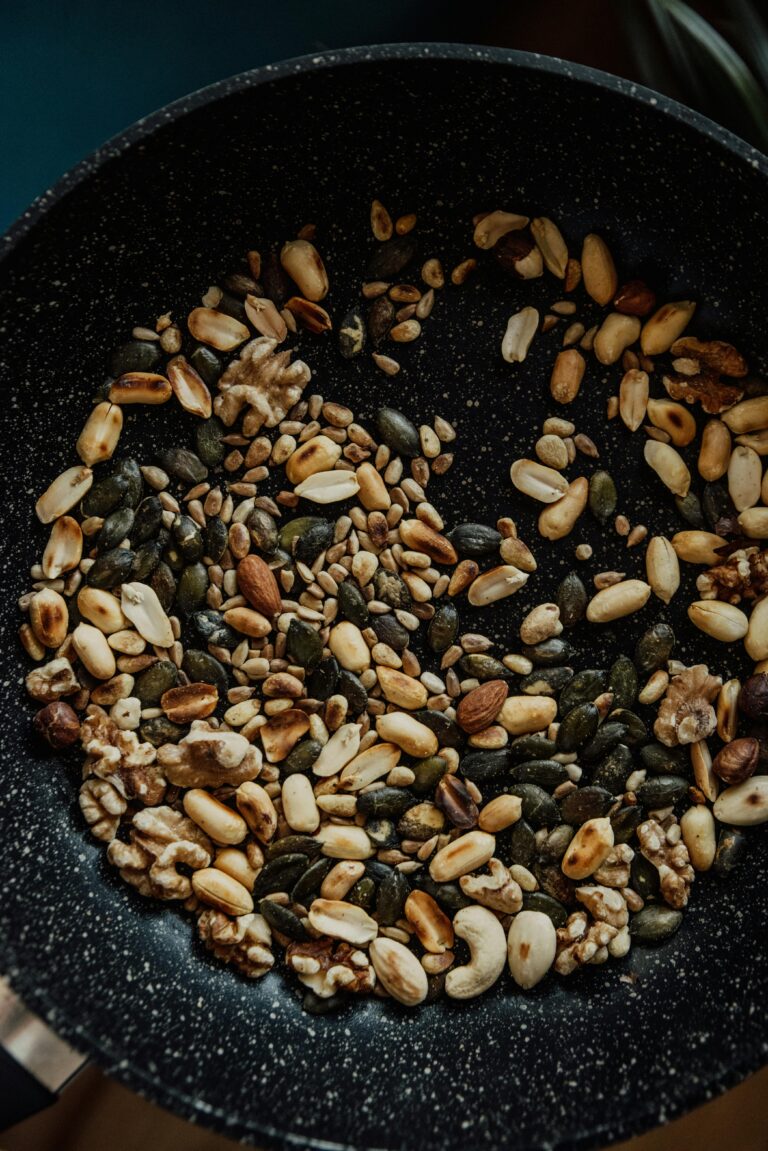
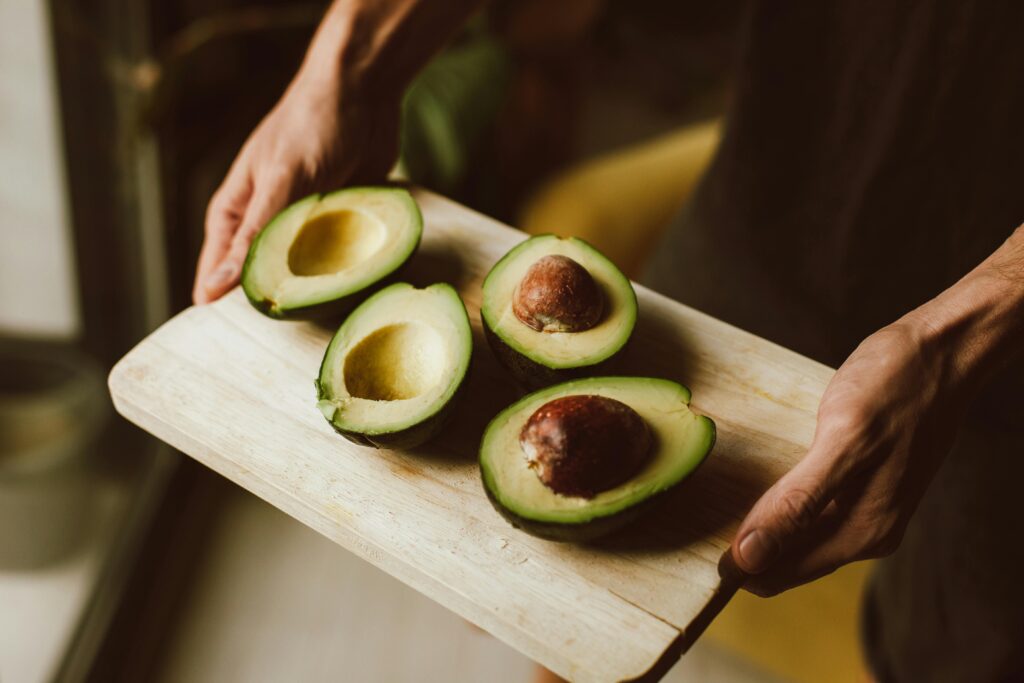

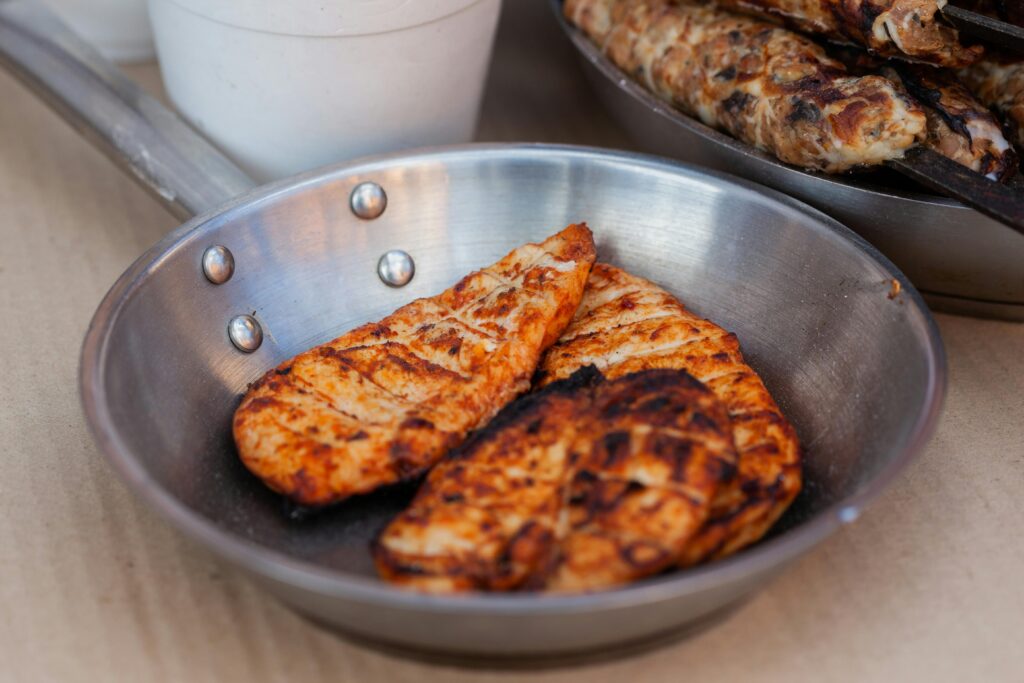
Recipes
- Walnut Crusted Salmon Recipe – Healthy Fat and plenty of protein
Quinoa Salad with Roasted Vegetables – Fiber and Protein
- Banana Pancakes – Plant – Based, Vegetarian,
- Homemade Healthy Granola Recipe
- Easy Cottage Cheese Pancake
- How to Make Pumpkin Protein Shake
M MCIRCO [10-Pack,22 Oz Glass Meal Prep Containers, Glass Food Storage Containers with lids,Glass
JUBTIC Meal Planner Notebook, Weekly & Daily Meal Prep Journal with Shopping and Grocery Lists for Food Planning Menu Planning
Healthy and Delicious Meals
Batch cook in an Instant Pot. Here are some ideas:
Brown rice: Cooking brown rice in an Instant Pot is easy and it turns out perfectly every time. You can batch-cook a big pot of rice and use it throughout the week for quick and easy meals.
- Lentil soup: Lentils are a great source of protein and fiber, and they cook quickly in an Instant Pot. You can make a big batch of lentil soup and freeze it in individual portions for easy meals throughout the week.
- Chicken chili: Chicken chili is a filling and nutritious meal that you can make in an Instant Pot. You can batch cook a big pot of chili and freeze it in individual portions for easy meals throughout the week.
- Vegetable curry: A vegetable curry made in an Instant Pot is a great way to get a variety of veggies into your diet. You can use whatever vegetables you have on hand and customize the spices to your liking.

Instant Pot Pro 10-in-1 Pressure Cooker, Slow Cooker, Rice/Grain Cooker, Steamer, Sauté, Sous Vide, Yogurt Maker, Sterilizer, and Warmer, Includes App With Over 800 Recipes, Black, 6 Quart
Eat Move Healthy aims to promote a healthy lifestyle through nutritious food and exercise while providing motivation and good vibes to help people reach their wellness goals.
Remember that a healthy meal plan is not one-size-fits-all and should be customized to meet your specific needs and preferences.
Consulting with a healthcare professional or a registered dietitian can provide personalized guidance and support in creating a meal plan tailored to your goals.
FAQ
The most efficient way to plan meals is to create a weekly or bi-weekly meal plan. This involves deciding on a set of meals for each day, considering nutritional needs, variety, and personal preferences. Additionally, preparing a shopping list based on the planned meals helps streamline grocery shopping.
The five principles of meal planning include:
- Balance: Ensure a mix of macronutrients (carbohydrates, proteins, and fats) and a variety of food groups.
- Variety: Include a diverse range of foods to ensure a broad spectrum of nutrients.
- Moderation: Control portion sizes to meet nutritional needs without overeating.
- Nutrient Density: Choose foods that are rich in nutrients to maximize health benefits.
- Enjoyment: Plan meals that are not only nutritious but also enjoyable, promoting sustainable and positive eating habits.
The three keys to planning healthy meals are:
- Balanced Nutrients: Ensure meals include a balance of carbohydrates, proteins, healthy fats, vitamins, and minerals.
- Portion Control: Pay attention to portion sizes to prevent overeating and maintain a healthy weight.
- Whole Foods: Prioritize whole, unprocessed foods such as fruits, vegetables, lean proteins, and whole grains for optimal nutrition.
To start a healthy meal plan, follow these steps:
- Set Goals: Define your health and nutrition goals, whether it’s weight management, improved energy, or specific dietary needs.
- Assess Current Habits: Evaluate your current eating habits and identify areas for improvement.
- Create a Menu: Plan meals for the week, incorporating a variety of foods and considering portion sizes.
- Make a Shopping List: Based on your meal plan, create a detailed shopping list to ensure you have all the necessary ingredients.
- Prep in Advance: Consider batch cooking or prepping ingredients ahead of time for convenience during the week.
- Stay Flexible: Be adaptable to changes and listen to your body’s hunger and fullness cues, making adjustments to your plan as needed.
Amazon and the Amazon logo are trademarks of Amazon.com, Inc or it's affiliates.

